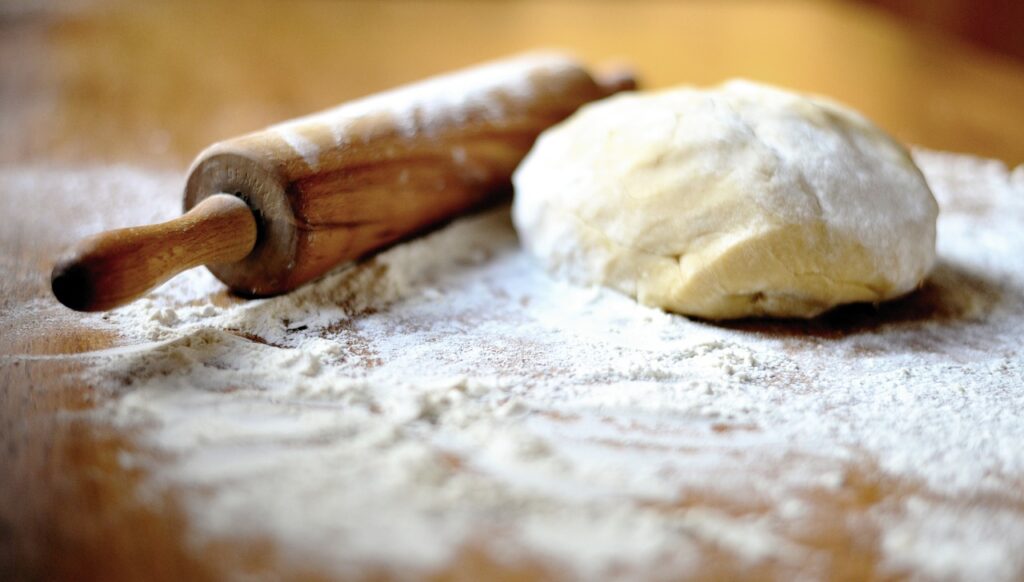
Maida, also known as refined wheat flour, is a staple ingredient in many culinary traditions, particularly in Indian cuisine. It is produced by milling wheat grains and removing the bran and germ, leaving behind the starchy endosperm. This refining process results in a fine, white flour that lacks the nutritional components found in whole wheat.
Health Implications of Maida Consumption
Regular consumption of maida can have several adverse health effects:
- Nutrient Deficiency: The refining process removes vital nutrients, including fiber, vitamins, and minerals, rendering maida a source of empty calories. This can lead to nutrient deficiencies over time.
- High Glycemic Index: Maida has a high glycemic index, leading to rapid spikes in blood sugar levels. Regular consumption can increase the risk of insulin resistance and type 2 diabetes.
- Digestive Issues: Due to its low fiber content, maida can contribute to digestive problems like constipation and bloating. It is often referred to as the “glue of the gut” because it can slow down the digestive system.
- Weight Gain: Maida-based foods are calorie-dense and lack satiety, leading to overeating and potential weight gain. The rapid insulin response triggered by maida can also promote fat storage.
- Inflammation: Some studies suggest that regular intake of refined flours like maida may promote inflammation in the body.
- Chronic Diseases: Regular intake of maida is linked to an increased risk of chronic diseases such as heart disease, stroke, and certain types of cancer. Some studies suggest that the bleaching agents used in refining may also pose health risks.
Also Read: Gond Katira: 14 Health Benefits and Side Effects You Should Know
Healthier Flour Alternatives
1. Whole Wheat Flour (Atta)
- Nutritional Benefits: Retains the bran and germ, providing fiber, B vitamins, and minerals.
- Culinary Uses: Ideal for chapatis, parathas, and baking.
- Health Impact: Supports digestive health and provides sustained energy.
2. Ragi Flour (Finger Millet)
- Nutritional Benefits: Rich in calcium, iron, and dietary fiber.
- Culinary Uses: Suitable for dosas, porridge, and baked goods.
- Health Impact: Aids in bone health and is beneficial for diabetics.
3. Jowar Flour (Sorghum)
- Nutritional Benefits: High in protein, fiber, and antioxidants.
- Culinary Uses: Used in rotis, pancakes, and muffins.
- Health Impact: Supports heart health and aids in weight management.
4. Bajra Flour (Pearl Millet)
- Nutritional Benefits: Contains amino acids, iron, and phosphorus.
- Culinary Uses: Common in rotis and traditional Indian dishes.
- Health Impact: Helps regulate blood sugar levels and supports cardiovascular health.
Also Read: Top Vitamin C Rich Foods to Boost Your Immunity Naturally
5. Buckwheat Flour (Kuttu)
- Nutritional Benefits: Gluten-free, rich in magnesium and B vitamins.
- Culinary Uses: Popular during fasting periods; used in pancakes and noodles.
- Health Impact: Supports metabolic health and provides antioxidants.
6. Almond Flour
- Nutritional Benefits: Packed with healthy fats, protein, and vitamin E.
- Culinary Uses: Excellent for gluten-free baking.
- Health Impact: Supports heart health and provides sustained energy.
7. Coconut Flour
- Nutritional Benefits: High in fiber and healthy fats.
- Culinary Uses: Adds a subtle sweetness to baked goods.
- Health Impact: Aids in digestion and supports blood sugar control.
Also Read: 9 Proven Health Benefits of Chia Seeds You Should Know
8. Oat Flour
- Nutritional Benefits: Contains soluble fiber and antioxidants.
- Culinary Uses: Suitable for cookies, bread, and pancakes.
- Health Impact: Helps lower cholesterol and supports heart health.
9. Quinoa Flour
- Nutritional Benefits: Complete protein source with all essential amino acids.
- Culinary Uses: Versatile in baking and cooking.
- Health Impact: Supports muscle health and provides sustained energy.
10. Amaranth Flour (Rajgira)
- Nutritional Benefits: Rich in calcium, iron, and magnesium.
- Culinary Uses: Used in rotis, porridge, and baked goods.
- Health Impact: Supports bone health and boosts immunity.
Final Thoughts
While maida is a common ingredient in many foods, its nutritional drawbacks and potential health risks make it advisable to limit its consumption. Opting for whole grain alternatives can provide better nutritional value and support overall health.
Disclaimer: The information provided in this article is intended for general informational purposes only and should not be construed as medical or nutritional advice. While the content is based on available research and expert opinions, individual health needs and conditions vary.












